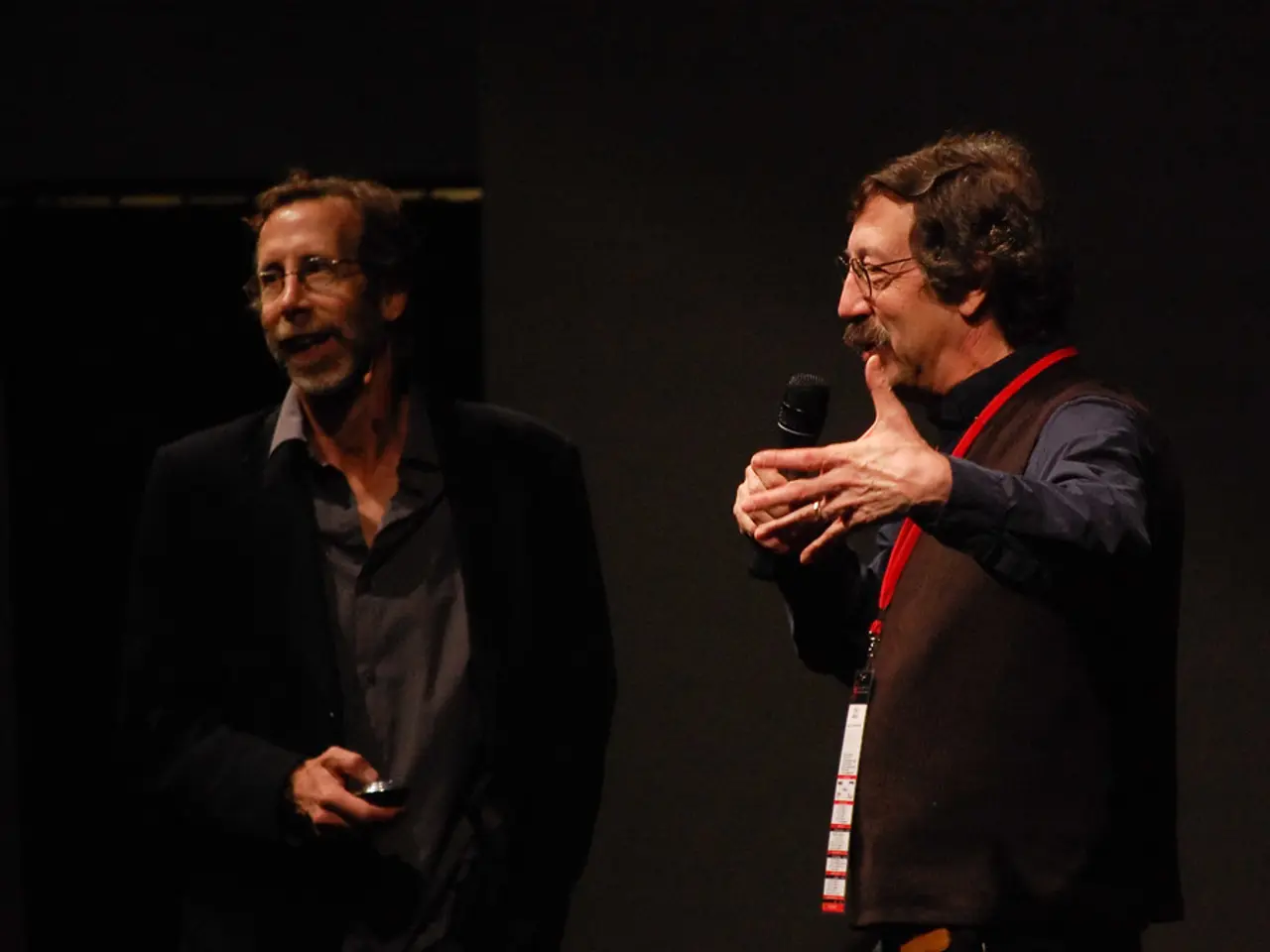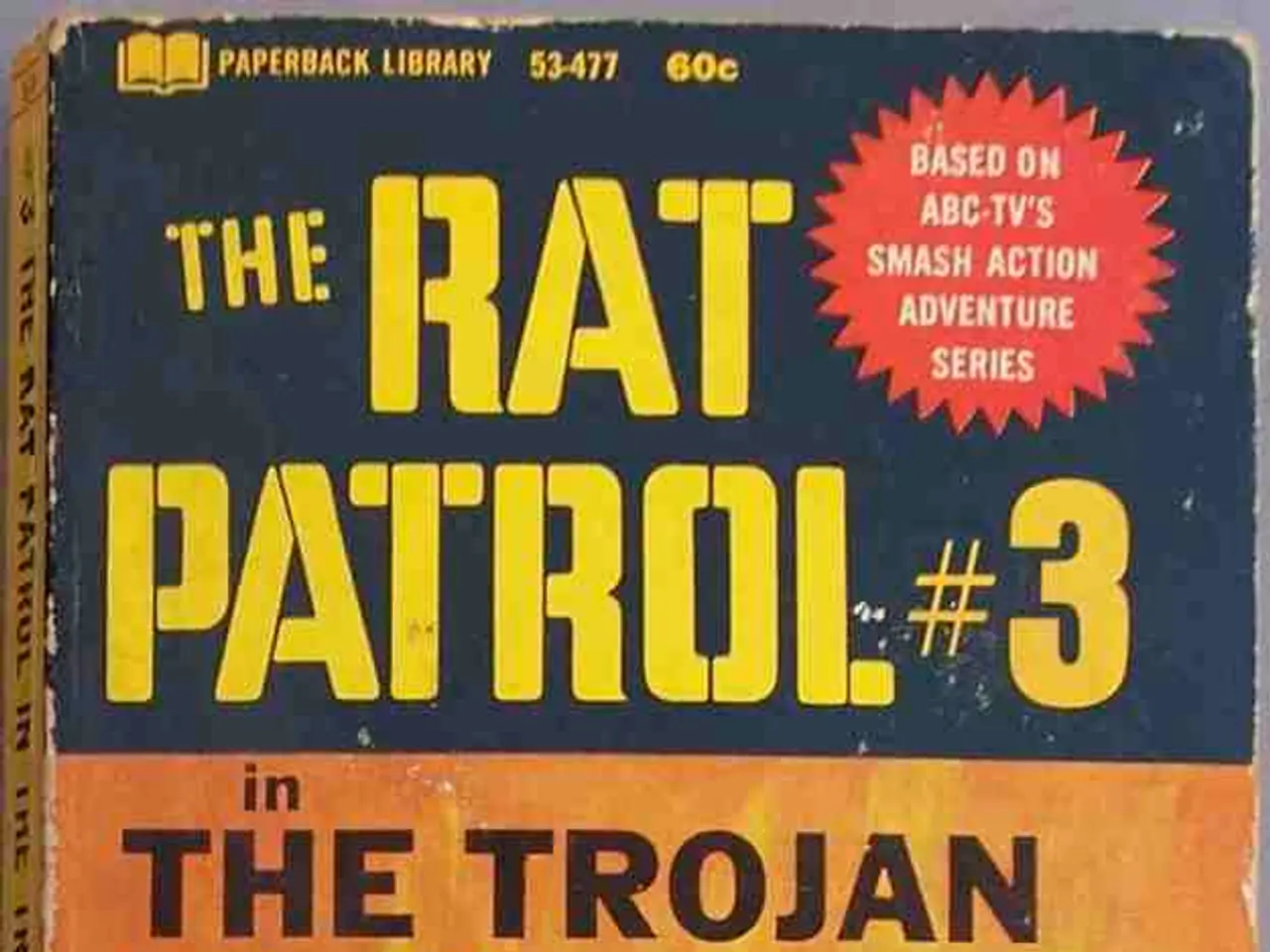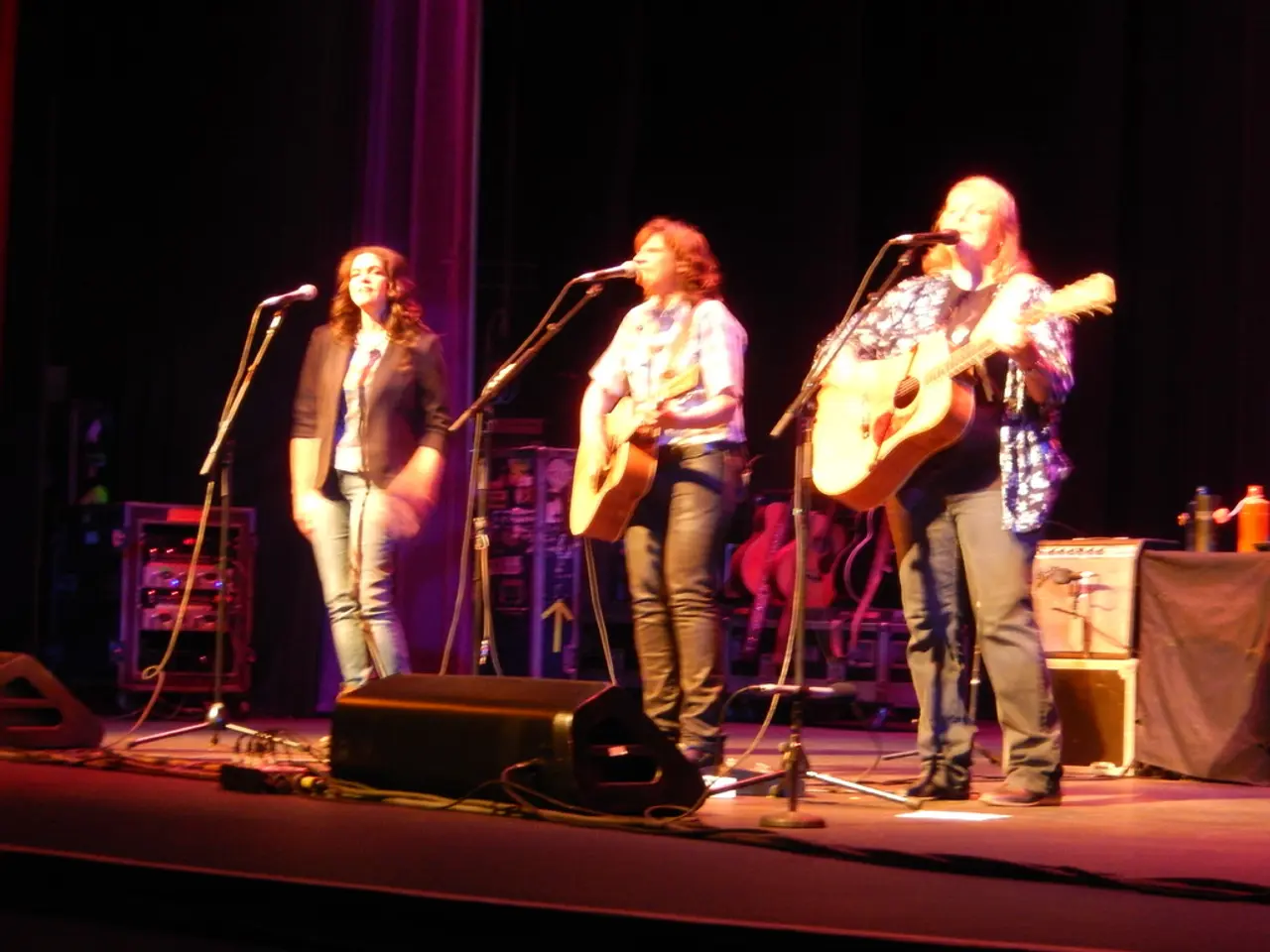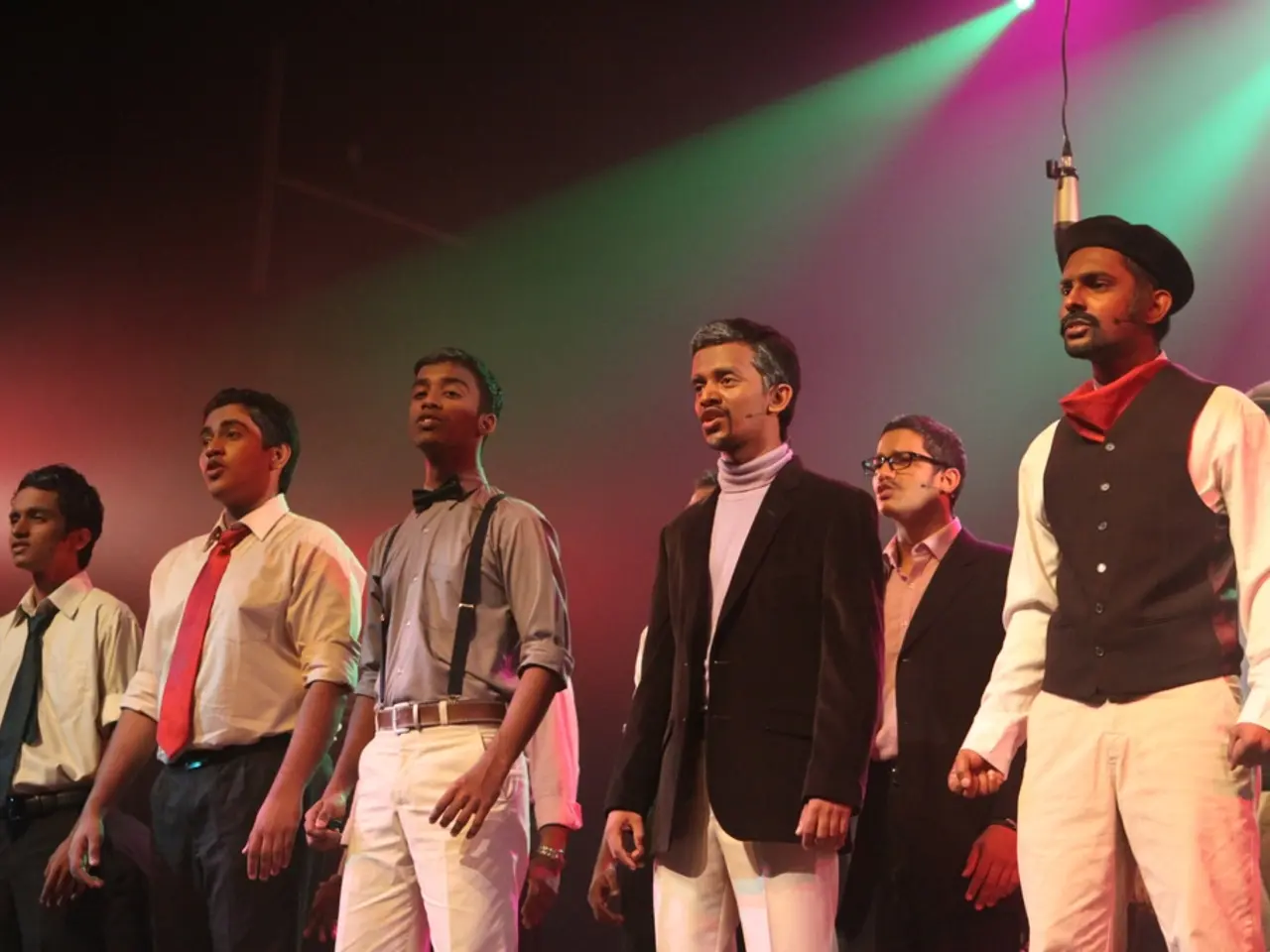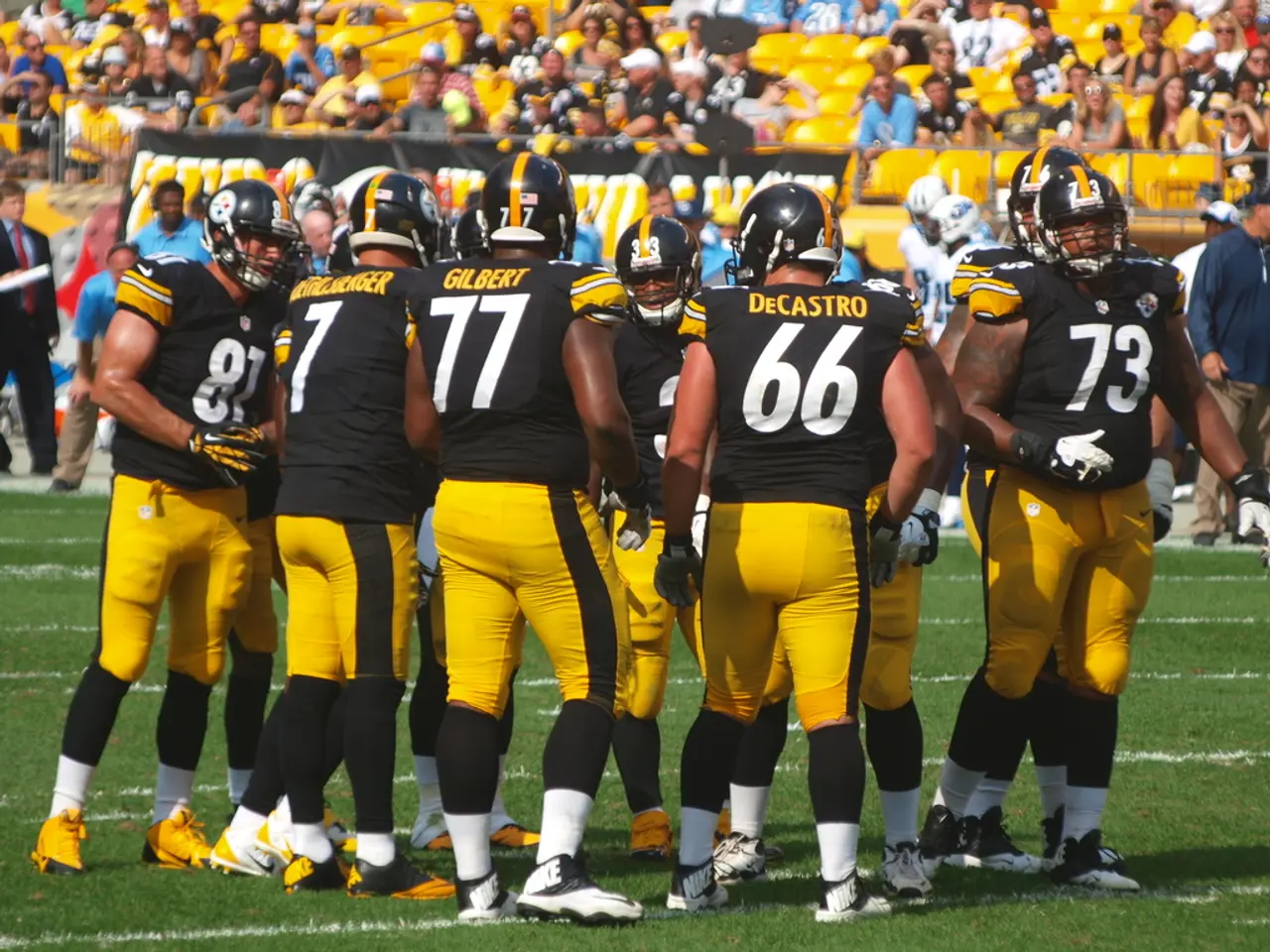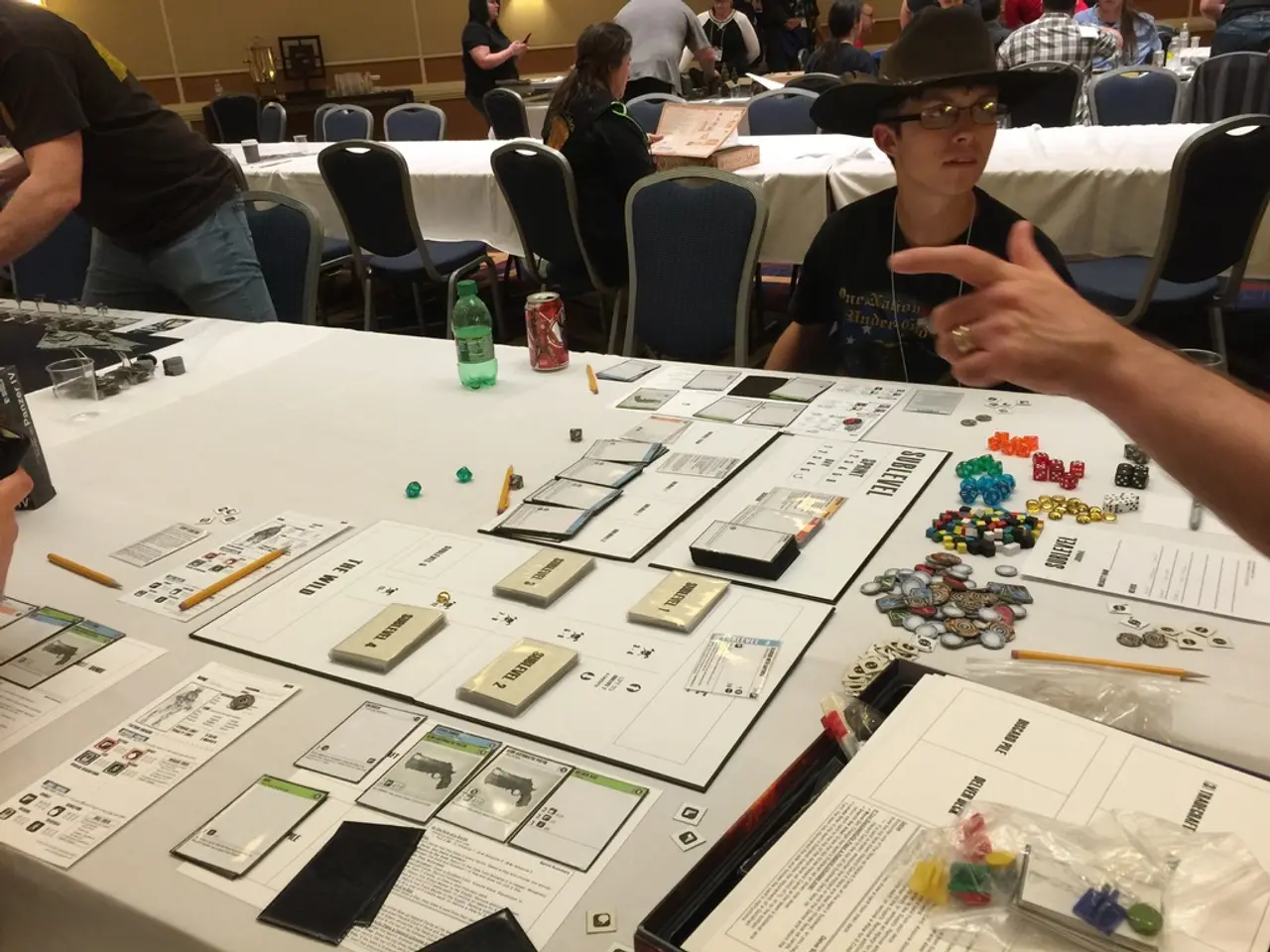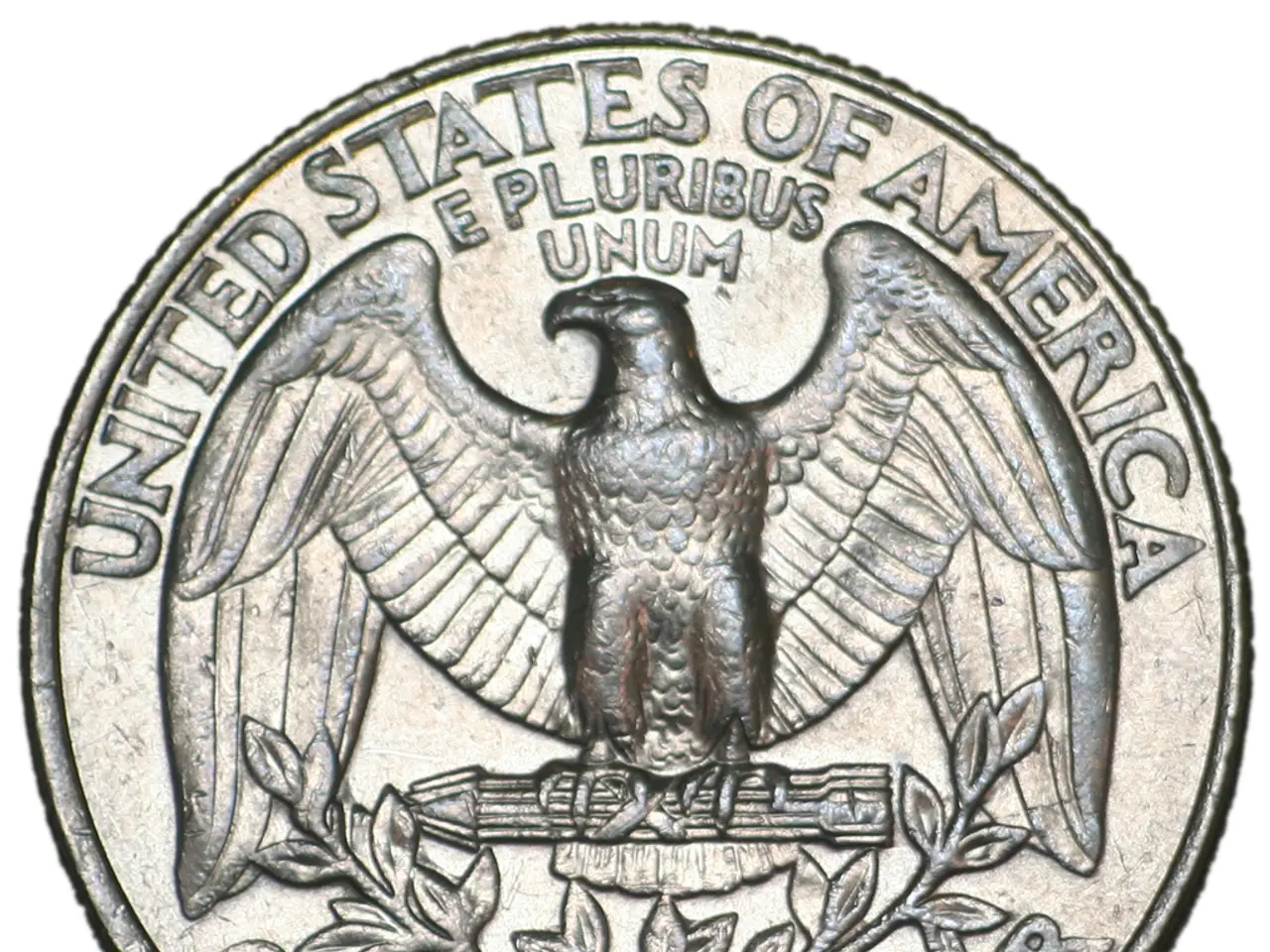Navigating Humor in Bollywood: Exploring the Spectrum of Comedy in Indian Cinema Movies
Indian cinema has always been a vibrant tapestry, weaving tales of love, drama, and comedy that resonate with audiences across the country. Over the decades, the genre of comedy has evolved, offering a colorful blend of humor that reflects the country's rich culture, values, and ever-evolving sense of humor.
In the early days, slapstick classics like Chalti Ka Naam Gaadi (1958) and Padosan (1968) brought laughter to the masses. The former, a quirky tale of three brothers running a garage, was known for Kishore Kumar’s comic timing and musical humor. The latter, a timeless comedy about a simple man trying to woo his neighbor, featured famous scenes like the singing competition and Mehmood’s classic comic role.
As cinema matured, situational comedy emerged, with films like Jaane Bhi Do Yaaro (1983), Chashme Buddoor (1981), and Andaz Apna Apna (1994) gaining popularity. These comedies, with their witty, clean humor, paved the way for a new era of comedy in Indian cinema.
The 1990s and 2000s saw the rise of satirical comedy, with films like 3 Idiots (2009) blending coming-of-age with social commentary. This film, widely regarded as one of the greatest Indian films, achieved massive critical and commercial success, combining relatable, sharp situational comedy with satirical humor about the Indian education system.
The 2010s and present day have seen the emergence of horror-comedy and genre blends, with films like Bhool Bhulaiyaa (2007) pioneering the horror-comedy blend in Bollywood. This cult classic mixed goofy laughs with scary moments, setting the stage for future films like Stree (2018), which rejuvenated the genre with critical acclaim and blockbuster success.
Today, comedy in Indian cinema is sharper, smarter, and more purposeful. Contemporary actors like Ayushmann Khurrana, Kangana Ranaut, and Rajkummar Rao have embraced quirky scripts that challenge norms while making audiences laugh. These films often touch on gender roles, mental health, politics and bureaucracy, and urban-rural divides.
Streaming platforms like Netflix, Amazon Prime Video, and ZEE5 have opened new doors for regional and indie comedies, allowing creators to explore beyond censorship or box-office formulas. This has led to the rise of comedies in languages like Tamil, Malayalam, Telugu, and Punjabi, such as Naduvula Konjam Pakkatha Kaanom (Tamil), Maheshinte Prathikaaram (Malayalam), and Jathi Ratnalu (Telugu).
Indian comedy films span slapstick classics like Chalti Ka Naam Gaadi and Padosan, situational and satirical gems like 3 Idiots, and modern horror comedies like Stree. Each represents distinctive comedic traditions evolving over decades.
From the legendary comedians of the Golden Era like Johnny Walker, Mehmood, and Kishore Kumar, to notable actors during the 1980s-1990s like Govinda, Paresh Rawal, and Kader Khan, Indian comedy has seen its fair share of comedy legends. Today, we celebrate the work of these comedians and look forward to the future of Indian comedy, where humor continues to challenge as well as entertain.
- The vibrant tapestry of Indian cinema extends to various genres, including comedy-drama animations, horror-comedy, and romantic comedies, each capturing unique comedic traditions that resonate with audiences.
- Horror-comedy movies like Bhool Bhulaiyaa (2007) and Stree (2018) have made a significant impact in Indian cinema, combining horror with humor to create a distinct sub-genre that captivates viewers.
- Modern Indian comedy, showcased by actors like Ayushmann Khurrana, Kangana Ranaut, and Rajkummar Rao, goes beyond typical humor to explore controversial topics such as gender roles, mental health, and politics, while remaining entertaining.
